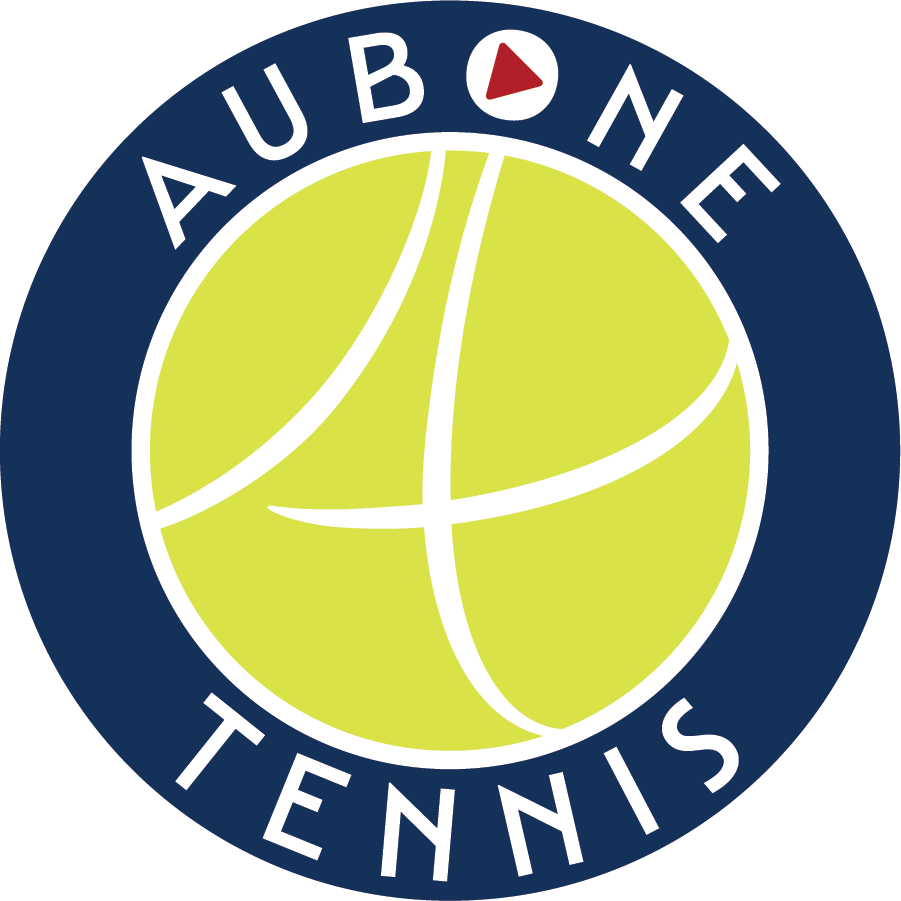Tennis Strategy: Stay away from the word ALWAYS
What makes tennis so enjoyable to me, and to many others as well, is the chess match that goes on in a tennis match. What are your opponents strengths and weaknesses vs what are your strengths and weaknesses. And can you use your strengths to hide your weaknesses, and exploit theirs, while staying away from their strengths. Whoever can implement their strength best, has the best chance of winning.
But the exciting part is that the opponents continuously change, as well as the playing/weather conditions.
Different opponents have different strengths and weaknesses. Different weather conditions provide a slower or faster game. Different surfaces require you to play a slightly different style. And even if you’re experiencing the same opponents, day after day, with the same weather conditions and court speeds, WE are not the same.
There are days where we wake up and for some reason, our favorite forehand is no where to be found. Our fitness levels feel depleted. Our legs feel like cement. And our serve feels like we forgot how to hit it.
There’s no real explanation for it. That’s just the way it is. Just like Steph Curry’s 3 point shooting percentage is never exactly the same day after day, neither is our tennis game.
Because of all that, we as tennis players need to be continuously flexible. When yesterday we needed to hit forehands cross-court because we were playing a lefty, today, we need to try to hit more down the line because our opponent has an incredibly good righty forehand. Is it higher percentage to go cross-court? Yes, but our opponent’s forehand is so good, we’re almost guaranteed of losing the point if they’re able to find that shot. So today, the lower percentage shot to execute, the down the line shot, now becomes the highest win percentage play.
Tomorrow, you might play someone with a better backhand than forehand, so now you’ll go back to hitting that forehand cross-court.
And on and on it goes, and that’s the world tennis players need to live in. The world where everything is about percentages, not rules, and those percentages can seesaw back and forth depending on the flavor of the day.
So whenever you hear the word “always” come from a coach, start asking questions (respectfully of course).
“Why should I ALWAYS approach down the line? What if by approaching cross-court, I can approach to their significantly weaker side of the court? What if I’m playing a lefty?”
“Why should I ALWAYS attack their backhand on a big point? What if they have a better backhand than forehand?”
“Why should I ALWAYS hit high and heavy if the conditions are slow and heavy? And heavy topspin balls actually bounce right in my opponents strike zone because it’s so cold outside the balls aren’t bouncing? Can I use a slice instead? Or can I focus on depth instead of spin?”
My final favorite one to ask is “why should I also hit low to high? What if I’m inside of the service line and the ball is shoulder height?”
Asking questions is not being disrespectful. It’s trying to understand. And the biggest thing a tennis player needs to understand is that tennis players need to be adaptable to the situation.
